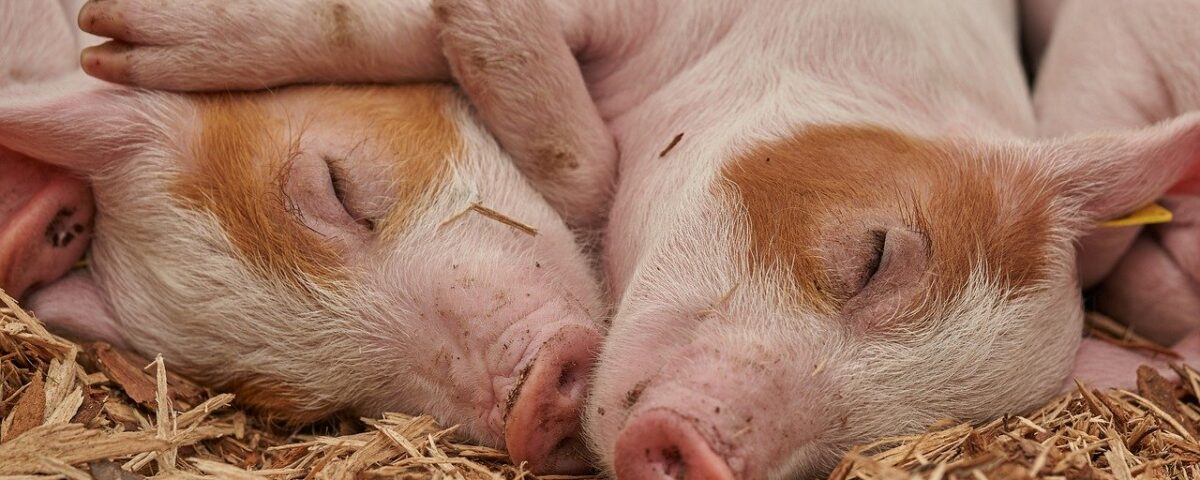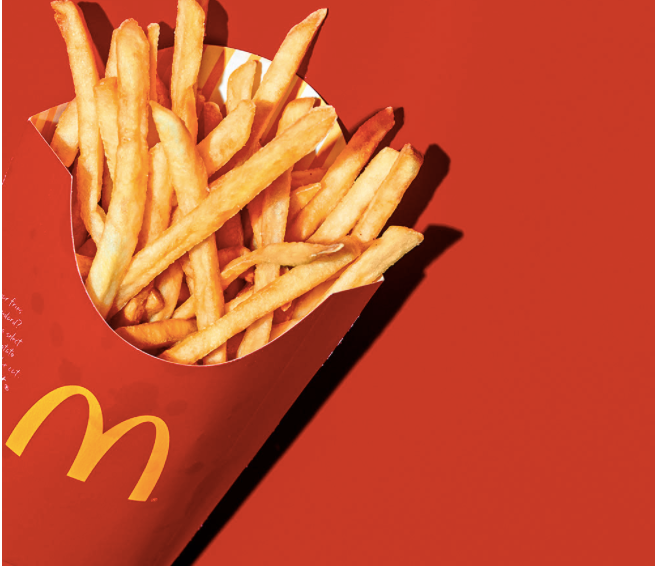
What Switzerland is Best At
May 5, 2020
Who Will Do the Spending?
May 8, 2020Today, let’s start with a pregnant mama pig, a sow. Approximately 300 days later, her 280 pound “baby” goes to a packing plant
Called just-in-time, this supply chain collapses when the plant shuts down.
The Broken Pork Supply Chain
The first stop for a newborn pig is the farrowing house. Then, three weeks later, at 13 to 15 pounds, it goes to a piglet nursery in another barn and gains 45 pounds. The last 16-week stop is the finishing barn where pigs are fed 6 to 10 pounds of feed a day so they can grow to 280 pounds. From there, they go to the meatpacking plant.
The life of a market pig:
This is where the problems could start. The six-month old pig needs to leave its home. Otherwise, there is no room for the next batch. And that takes us to the 77.6 million. pigs in the U.S. and some math.
U.S. pork producers process close to 500,000 pigs a day. On April 29, 2020, processing capacity was down by an estimated 40 percent because of coronavirus related plant closures. According to Purdue agricultural economist Jason Lusk, that leaves us with an extra 200,000 pigs remaining on the farm that weren’t supposed to be there. As he points out, in just five days, you have a million “excess” pigs.
You can see the dilemma. What to do with all of those pigs?
Farmers have several alternatives. None are good. They could slow their pigs’ growth by feeding them a lower calorie diet. But that means they still occupy space on the farm that would jeopardize their well being because of crowding. Sending them outside is not a possibility because farms don’t have the right set-up and no one wants to euthanize them.
Our Bottom Line: Externalities
Defined as the impact of an event, an activity, or a contract on an uninvolved third party, an externality can be positive or negative. Vaccines create positive externalities when people unrelated to the recipient remain healthy. Quite different, a negative externality can spread harmful consequences as when a factory pollutes.
You can see that the negative externalities created by the spread of COVID-19 are massive. In that long list we would find the pork farmers trying to figure out what to do with millions of pigs that have nowhere to go.
My sources and more: After listening to a fascinating The Journal podcast on the meatpacking industry, I wound up at Vox and learned more about pigs than I ever thought possible. But there was still more at this agricultural economist’s blog. And, you might want to see this “Farm to Table” graphic from Purdue Agriculture.
Our featured image is from Pixabay.
![econlifelogotrademarkedwebsitelogo[1]](/wp-content/uploads/2024/05/econlifelogotrademarkedwebsitelogo1.png#100878)





